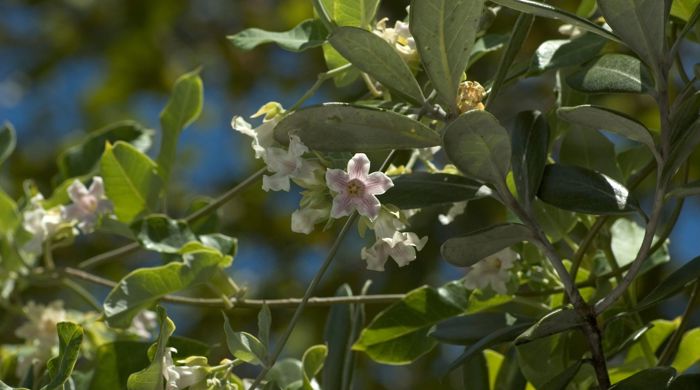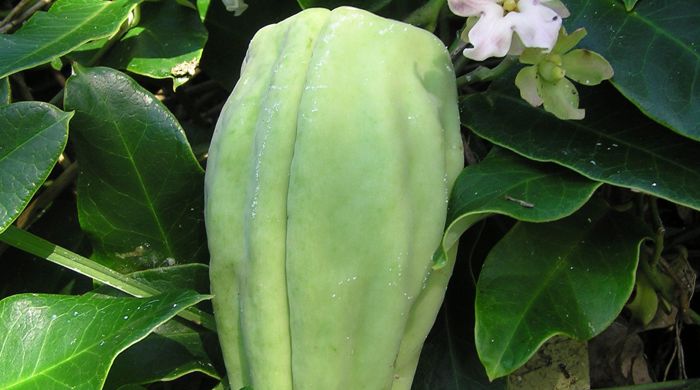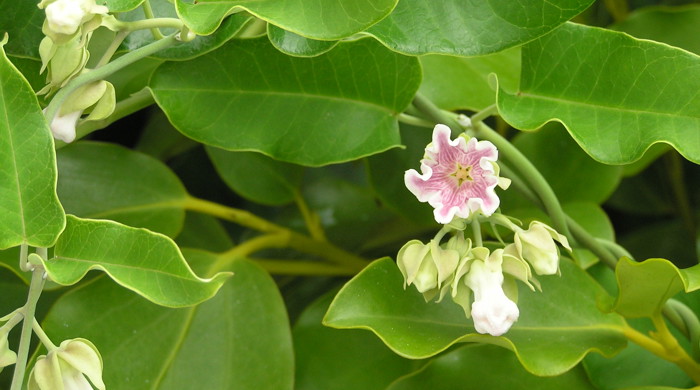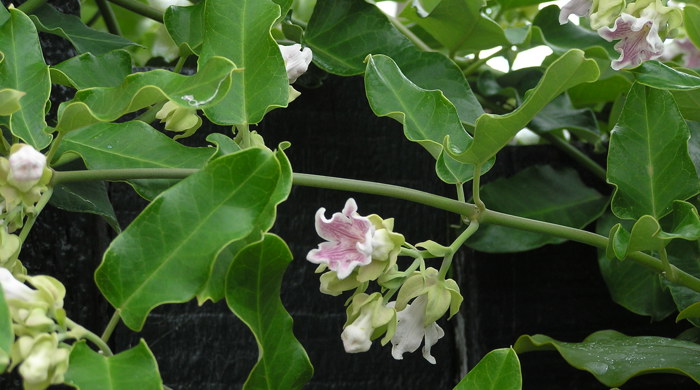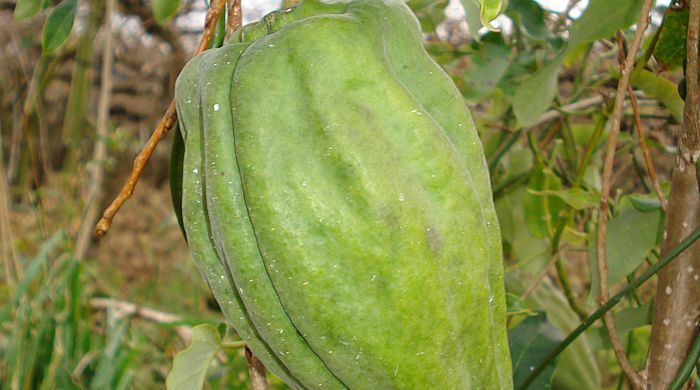Araujia sericifera syn. A. hortorum
Moth plant
Family: Asclepiadaceae
Origin: South America
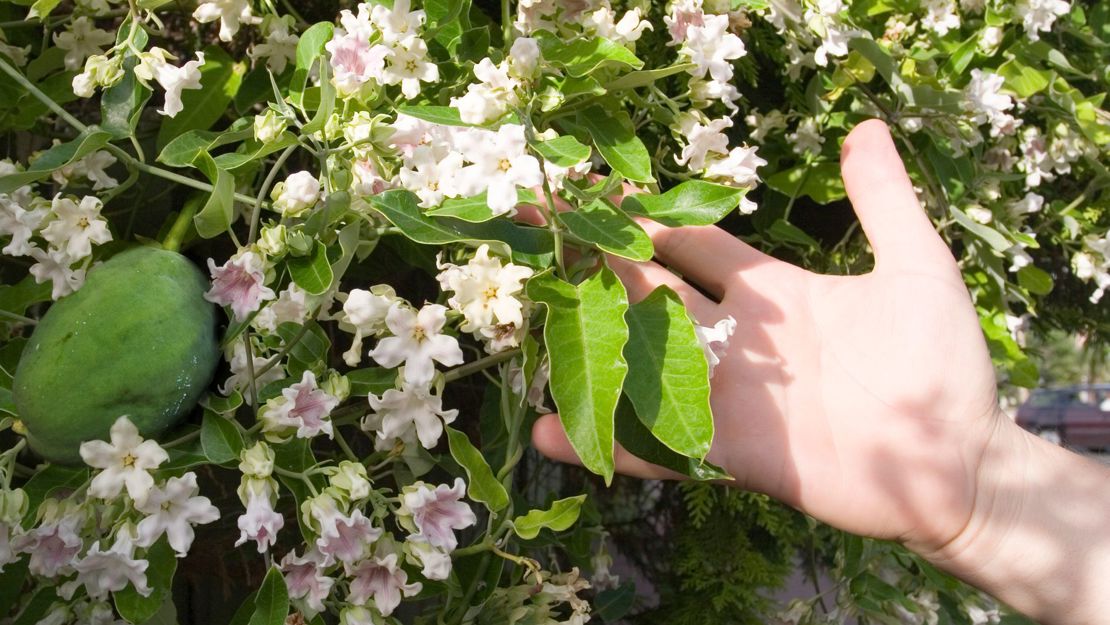
Regional Pest Management Plan (RPMP) status
- Hauraki Gulf Controlled Area pest — Site-led
- Aotea — Eradication
- Whole region — Sustained control
- Waitākere Ranges Heritage Area priority status
- National Pest Plant Accord Species
- Parkland with Significant Ecological Areas — Site-led (on-park and buffer)
General description
Perennial climbing vine with milky sap/latex. Stems are twining, scrambling and woody. Leaves are entire, < 10 cm long and opposite, with dull green tops and grey undersides. Flowers are white/pale pink and borne singly or in clusters. Fruit is fleshy, leathery and pear-shaped.
What you need to know
To help protect our environment:
- You must not breed, distribute, release or sell moth plant. As moth plant is a National Pest Plant Accord species, these restrictions apply within the Auckland region and across the whole of New Zealand.
- You must not plant moth plant within the Auckland region, unless you are transferring an existing plant on your land to another location within the boundaries of the same property.
- You must destroy any moth plant on land that you occupy if it has been planted in breach of the above rules and you are directed to do so by an authorised person.
- You must destroy all moth plant on the land you are occupying if it is on Waiheke or Rākino Island.
- If you occupy land within the buffer area of a park where moth plant is being managed, you must destroy all moth plant on that land. View a map of park buffers where this applies. To find out more about how we’re protecting Auckland’s parkland from pest plants, visit our pest plant buffer pages.
Auckland Council will manage moth plant at all sites within the Aotea/Great Barrier Island group where it is known to occur.
If you see moth plant anywhere on Aotea/Great Barrier Island group, please report it to Auckland Council at pestfree@aucklandcouncil.govt.nz.
Habitats
Forest, forest margins, tracks, coastline, cliffs, shrublands, mangroves, wasteland, orchards, urban areas.
Dispersal
Seeds dispersed by wind and water.
Impact on environment
Smothers native vegetation and prevents recruitment. Potential to catastrophically impact forest structure. Poisonous milky latex in stems, leaves and roots can cause dermatitis.
Control
Site Management
Cut and pull vines away from desirable trees and native plants before foliar spraying. Follow up treated areas 3 times per year. Encourage natural regeneration of native plants or replant treated areas where possible after 2-3 treatments to establish dense ground cover and minimise reinvasion.
Recommended approaches
Do not attempt to undertake control of this species on Aotea/Great Barrier Island group. Please report to Auckland Council if seen on Aotea/Great Barrier Island group.
Physical control
Method: Dig or pull out.
Plant parts requiring disposal: Seed pods.
Disposal options: Remove to greenwaste or landfill.
Biocontrol
Moth plant beetle (Colaspis argentinensis).
For more information about how biocontrol works, see What is biocontrol?
Community agrichemical control recommendations
No qualifications: Cut stump and paste freshly cut base of stems with metsulfuron gel.
Basic Growsafe certified: Cut stump and spray freshly cut base of stems with 1g metsulfuron-methyl per 1 L of water.
Certified Handler/Experienced agrichemical user: Foliar spray with 5g metsulfuron-methyl per 10L of water and 20ml penetrant.
Safety notes
Sap is an irritant.
Caution: When using any herbicide or pesticide please read the label thoroughly to ensure that all instructions and safety requirements are followed.
